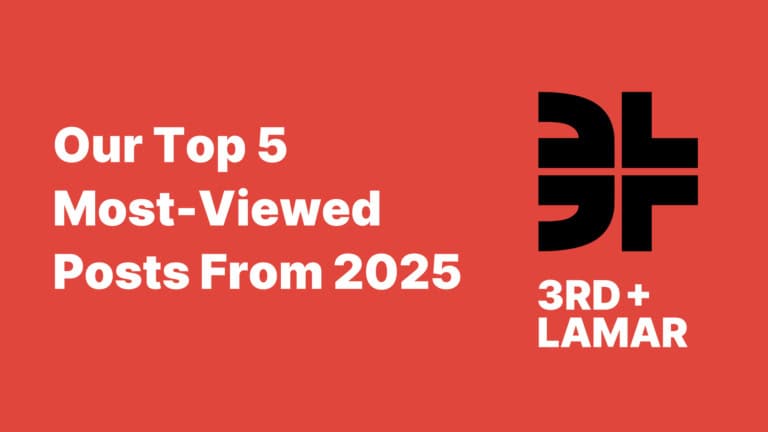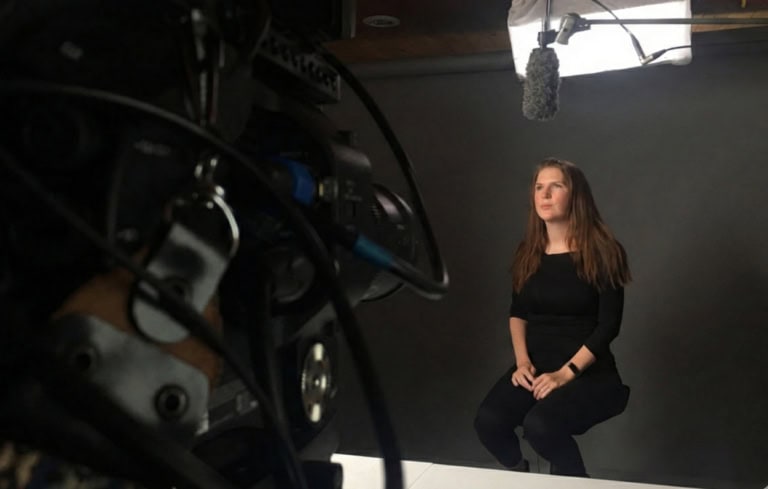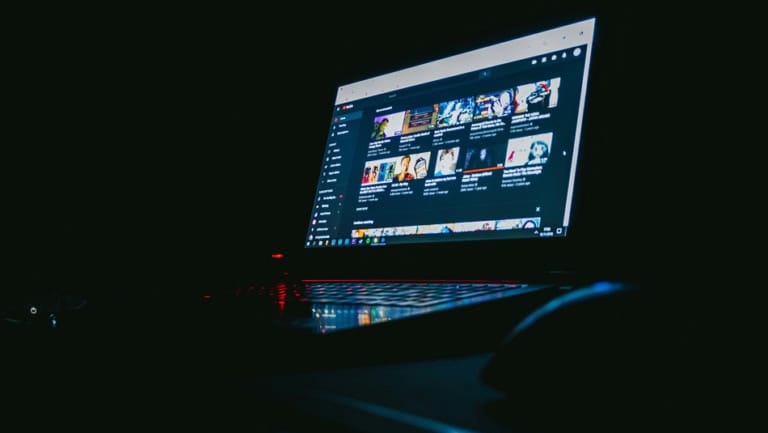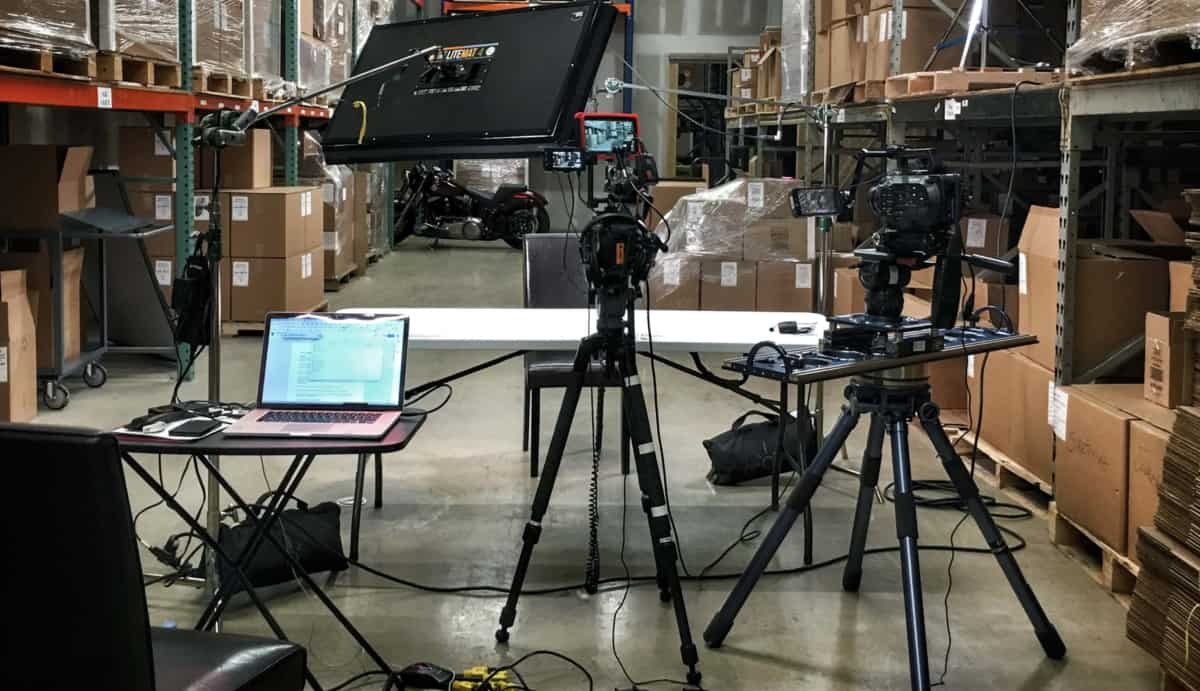
EDITOR’S NOTE: We’re writing a series on the pressures facing the video/film production industry in Austin. Below is Part III of our series. Join the discussion by requesting an invite to our private Facebook group.
The decline of production jobs coupled with stagnant crew rates is threatening the careers of many Austin film and video professionals. But those are only a few of the concerns facing the industry. Fewer crew on set, additional costs due to COVID, and growing client expectations threaten to shrink jobs and margins further.
Cinematographer Chad Leathers worked on a project in May that he sees as the future of production, at least until everyone’s health is no longer in jeopardy. [restrict]
“We were filming in the post-COVID-19 standard, and so it was a pretty small crew,” he said. “We had about 12 people, and we were all wearing masks. Basically, every department – which would normally be two or three people – was one. And we were social-distancing.”
On that shoot, the client and the agency working on behalf of the client observed the production remotely from New York to avoid traveling. With wireless technology, they viewed the footage through a monitor, and they communicated with on-set crew via Zoom using an iPad.
“I think people are going to have to start getting really creative with shoots,” Leathers said. “The advantage is going to be productions that can work in very small crews.”
Melissa Kirkendall is an Austin-based producer who recently served as the production manager on Amazon’s sci-fi film, “The Vast of Night.” She worries about the unintended consequences of shrinking crews.
“(It) can end up costing you more time and then wearing out those people, so you end up spending the same amount of money,” she said. “As a person that does budgets, there might be a little bit of savings by reducing down your crew, but then you also run the risk of running out of time and therefore having to add another day or two to your schedule. And so then the money you just saved is sucked up by that.”
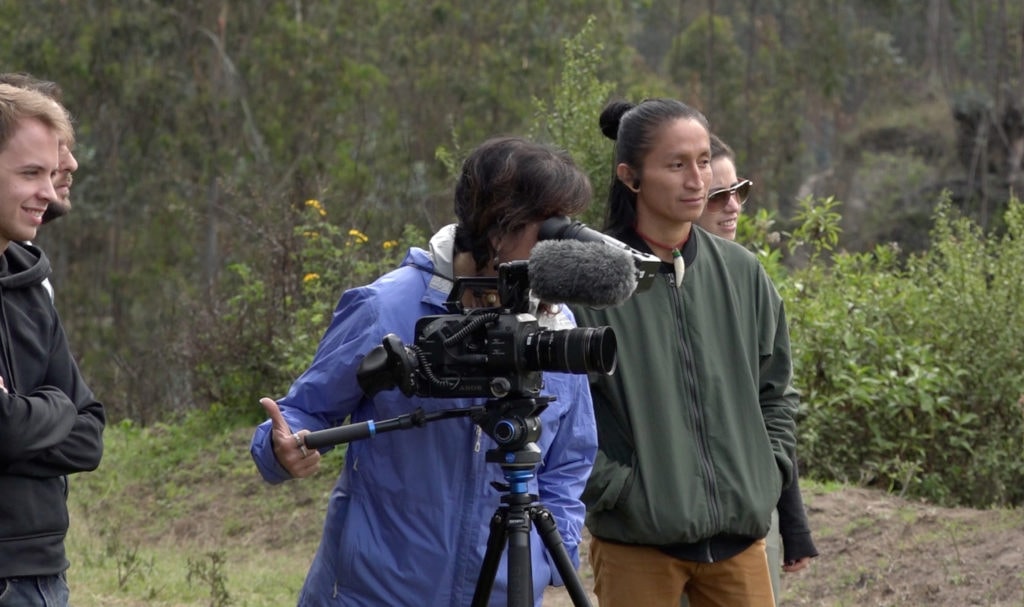
Paying For Extra Safety Standards
Higher costs due to additional safety measures are unavoidable. But whose margins will this impact? Kirkendall thinks small-budget projects will no longer happen, while big-budget projects (i.e. $5 million +) will raise additional funds.
Austin freelance cinematographer Andrew Barrera is feeling squeezed.
“I’m slimming down on crew, but then I’m adding a whole ‘nother cleaning crew,” he said. “And so I’m just seeing it’s a super negative effect. Because like your margin of profit is slim, if not none, while still trying to at least pay people their normal rates that they had before COVID.”
Safety concerns could lead to some interesting creative repercussions. For instance, Kirkendall thinks some film studios and production companies will rewrite scripts in a way that makes it easier to meet safety guidelines and perhaps avoid higher insurance costs.
To limit risk, we’re going to have to be willing to be patient and take time. And time is money. So we’re going to have to decide how to prioritize our time, because that’s really going to be the most valuable thing.
-Hair and makeup artist Anna Lani
Meanwhile, hair and makeup artist Anna Lani recognizes that her job is one of the most likely sources of COVID transmission on a production set. To minimize risk, she’s buying more disposable items, and she’s considering purchasing a sanitizing UV box bag for between $150-$300.
Lani says production companies understand and accept the extra expenses, but they may have trouble adjusting to other changes.
“Makeup artists are going to have to take on a role more like a makeup designer, where they’re telling (talent) how to do the makeup and maybe teleconferencing them through different techniques and stuff to mostly do it on their own,” she said. “I know some people and some production companies are of the mind of like, ‘Well, what are we paying you for then? If you are not going to be physically putting the makeup on their face, what are we paying you for?’
“And the answer to that is the expertise. I have the expertise and the ability to still achieve and maintain the production value. But just the way in which we do that is going to be more complicated, and it’s going to take more timing.”
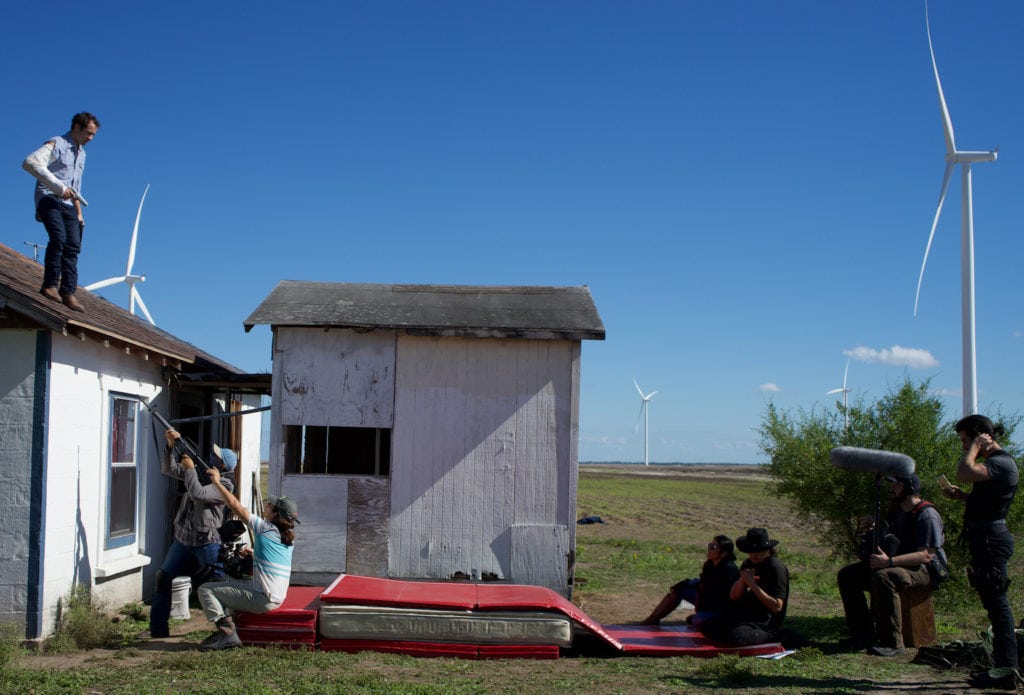
Higher Expectations Add To Pressure
The last four months aside, director and cinematographer David Blue Garcia has seen clients’ requirements shift in recent years, adding another layer of costs that didn’t exist before.
“They expect you to have way more gear,” he said. “Now you have to throw in a $20,000 camera package, all your lenses, a tripod, they want you to have a Gimbal, they want you to have a Movi Gimbal or a Ronin, they want you to have a drone of some sort, an easy rig. They ask you if you have all these things, and the rate is the same. You’re just expected to have these things now…It doesn’t make any sense.”
Leathers refers to this trend as the cost of competing. Meanwhile, production sound engineer Paul Toohey attributes this trend to how well cinematographers have marketed their RED cameras to ad agencies and producers.
“That kind of becomes like a little bit of a flavor of the day, like, ‘Oh, there has to be this. It has to be that,’” he said. “And it’s like, half of what is being shown on TV right now is being shot on an iPhone. Does it look good? No. For some of it, does it matter? No.”
It’s a challenge, but I also feel like people in our industry are resilient. I mean, we’ve made it through the writer’s strike. We’ve made it through so many different things. And I think the people that really want to stick it out and be creative and continue doing this craft are going to keep trying to come up with out-of-the-box ideas of how we can meet these safety guidelines and not break the bank or wear out the crew.
-Producer Melissa Kirkendall
Kirkendall sees a similar concept play out with production and location manager jobs. The more skills you have, the more you are asked to do. But it’s not always for more money, especially in right-to-work states like Texas.
“I had this happen recently where I was like, ‘Dude, you’re offering me what I get paid just to go scout locations, but you want me to produce the whole commercial. I think you want me to go out of town for three weeks to do it. You know what I mean? And you don’t even want to hire a location person, which we both know means I’m probably gonna end up dealing with locations on top of it.’” [/restrict]
Up next: In the final article of our series, we examine how professionals in the Austin production industry are making ends meet and biding their time during the downturn. Read previous stories here.

